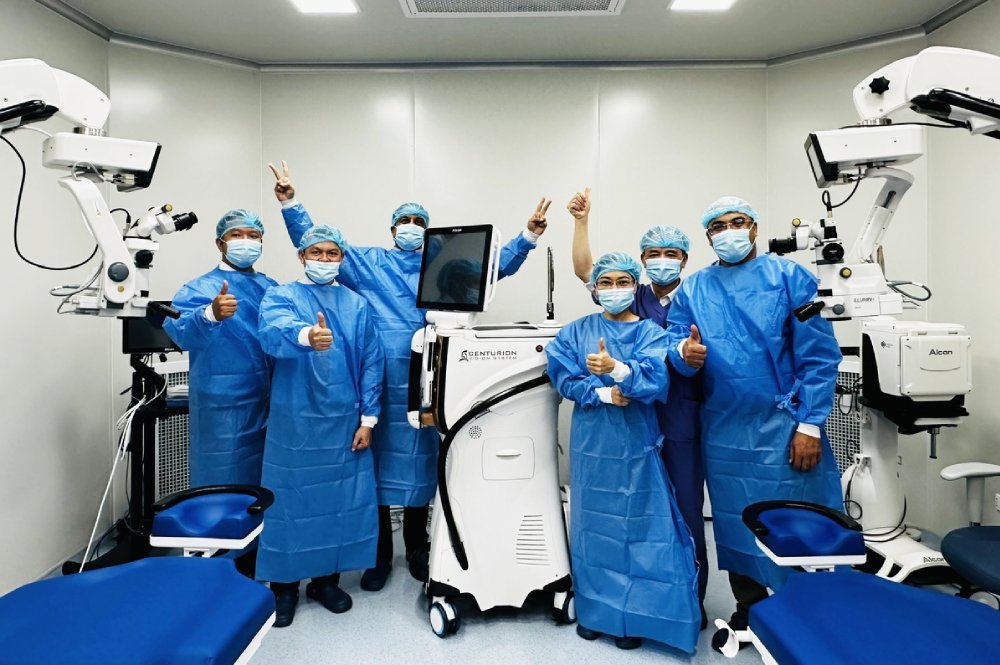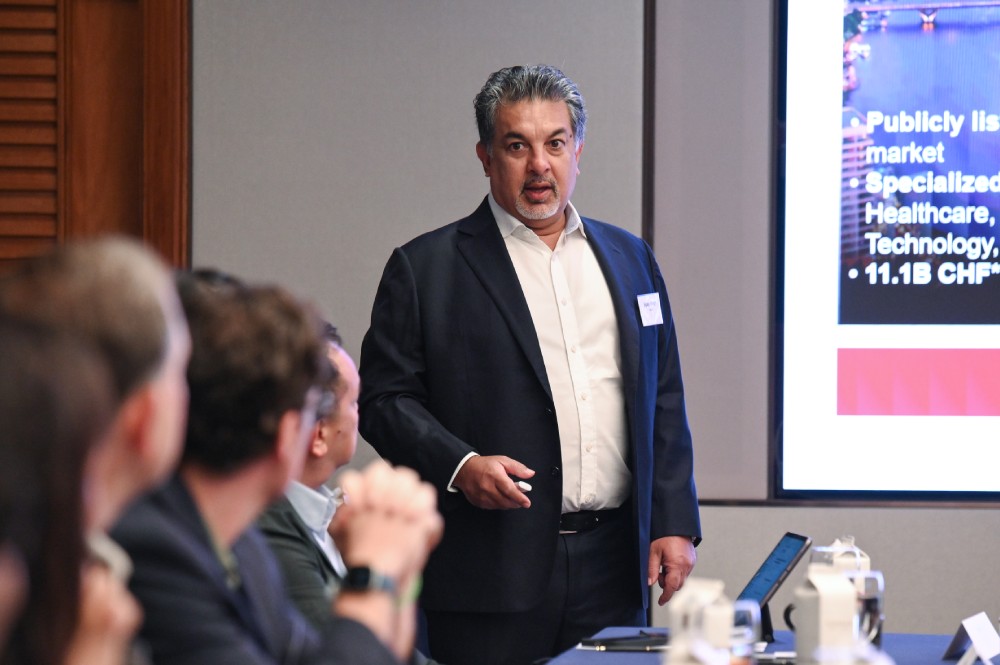The challenge is significantly more complicated in countries such as Singapore where health systems are already grappling with a shortage of qualified personnel, hospital beds and overwhelming workloads for medical professionals.
Can we effectively curb chronic illness and premature mortality?
Speaking exclusively to AsiaBizToday, Bijay Singh, global head of business unit healthcare for market expansion services provider, DKSH, says that the APAC’s medical device sector is expected to bring in $ 156 billion in revenue in the next five years, and holds the key to this very essential and urgent transformation.
The following are excerpts of what he had to say.
Q: Aside from the well-known factors that contribute to the pandemic of non-communicable diseases (NCDs) or chronic diseases (such as bad eating habits, lack of physical exercise, and overall bad lifestyle choices), what other lesser known/hidden factors contribute to the alarming rise of NCDs in Southeast Asia today?
A: While not a hidden factor, socioeconomic conditions is a massive contributor to surging non-communicable diseases (NCDs) in Southeast Asia that warrants greater attention. These conditions range from proximity to care, to financial capacities and healthcare infrastructure constraints, among others.
In Asia Pacific, financial hardship poses a significant barrier to accessing care owing to high levels or catastrophic out-of-pocket health spending. Furthermore, a significant amount of healthcare resources is required for the effective management of chronic diseases or NCDs, including detection, screening, treatment, and providing access to palliative care. In developing economies, many health systems simply don’t have the resources to keep up with these requirements. In fact, many face a severe shortage of healthcare specialists — some countries in the region have a physician-to-population ratio of less than 10 physicians per 10,000 people.
These circumstances ultimately thwart individuals from embracing healthier lifestyles and obtaining timely and necessary medical assistance, which has the potential to escalate the prevalence of NCDs in the region.
Q: How do you envision the demands on the healthcare sector changing with the combined problems of the rising aging population and the premature decline in the working population (of those under 70 years old), owing to NCDs?
A: Primary and preventative care will likely take centre stage in the years to come, with the combined forces of aging populations and premature mortalities on the rise.
When we look at the aged and aging populations in isolation, healthcare needs may vary across the two. The prevalence of elderly individuals, for instance, will undoubtedly intensify the need for specialised care and geriatric services. For this group, initiatives in health promotion and prevention will increasingly need to address cognitive and functional decline such as frailty and falls. However, health systems will also need to focus on those who are younger and aging or susceptible to NCDs. The reality is that as people age, they develop multiple comorbidities of chronic diseases. To that end, an effective preventative approach offers a feasible way to reduce the number of new cases and complications, subsequently reducing strain on healthcare resources.
I therefore envision a renewed focus on primary care, which is capable of managing 90% of healthcare demands and holds significant potential in reducing chronic disease burdens. Primary care preventative practices such as regular monitoring and management can prevent or delay the onset of life-changing complications. Taking the example of type 2 diabetes, this can include prevention of end-stage renal disease and limb amputations.
For the Asia Pacific, this shift means leveraging technology and virtual care models to connect public and private resources, engage communities, and extend the reach of essential healthcare products and medical devices to the last mile.
A prime example of this shift in action is Singapore’s Healthier SG programme, signifying a strategic reorienting in healthcare from acute hospitals to the community. The programme is rooted in an approach that moves away from treating ailments reactively, towards preventative ways that ward off disease before they become systemic. This shift will ultimately see improved patient outcomes by way of more personalised, patient-centred care, engagement with community partners, and more robust public health initiatives — reining in chronic disease burdens amid aging populations and premature mortalities. Importantly, these trends provide players across the ecosystem with the opportunity to turn effective and affordable care for all into reality.
Q: As the sector stands today, what are the medical devices that are currently available for use by laymen? How widely used are they?
A: In today’s landscape of accessible medical devices for the general public, various commonly used instruments have emerged as essential tools for self-monitoring and healthcare management. This includes devices such as blood pressure monitors, glucometers, thermometers, pulse oximeters, and fitness trackers.
The emergence of personal care devices has shifted the paradigm of healthcare, empowering individuals to take charge of their well-being within the comfort of their own homes, as there is a growing emphasis within the regions on encouraging individuals to become their own health ambassadors. This trend is unfolding across different countries at varying paces with a burgeoning middle-class population.
While adoption levels of these devices may vary, they are definitely increasing due to various factors. For example, the rise in cardiovascular diseases among the geriatric population, as well as lifestyle diseases such as obesity and diabetes, is driving the adoption of blood pressure monitoring devices in the region. At the same time, the increasing prevalence of diabetes in the region is propelling the market growth for self-monitoring blood glucose devices, which is expected to record an 11% CAGR from 2020 through 2027.
Notably, innovative technologies are also contributing to early detection and prevention, as exemplified by a device for breast cancer detection. This portable breast cancer scanner, discreetly placed inside a bra and worn overnight for two nights each month, monitors the temperature and humidity of the breast, providing data for breast cancer assessment. Overall, medical device sales in the region are forecasted to reach approximately $ 225 billion by 2030, up from $ 160 billion in 2022, signalling greater demand in the long-term.









